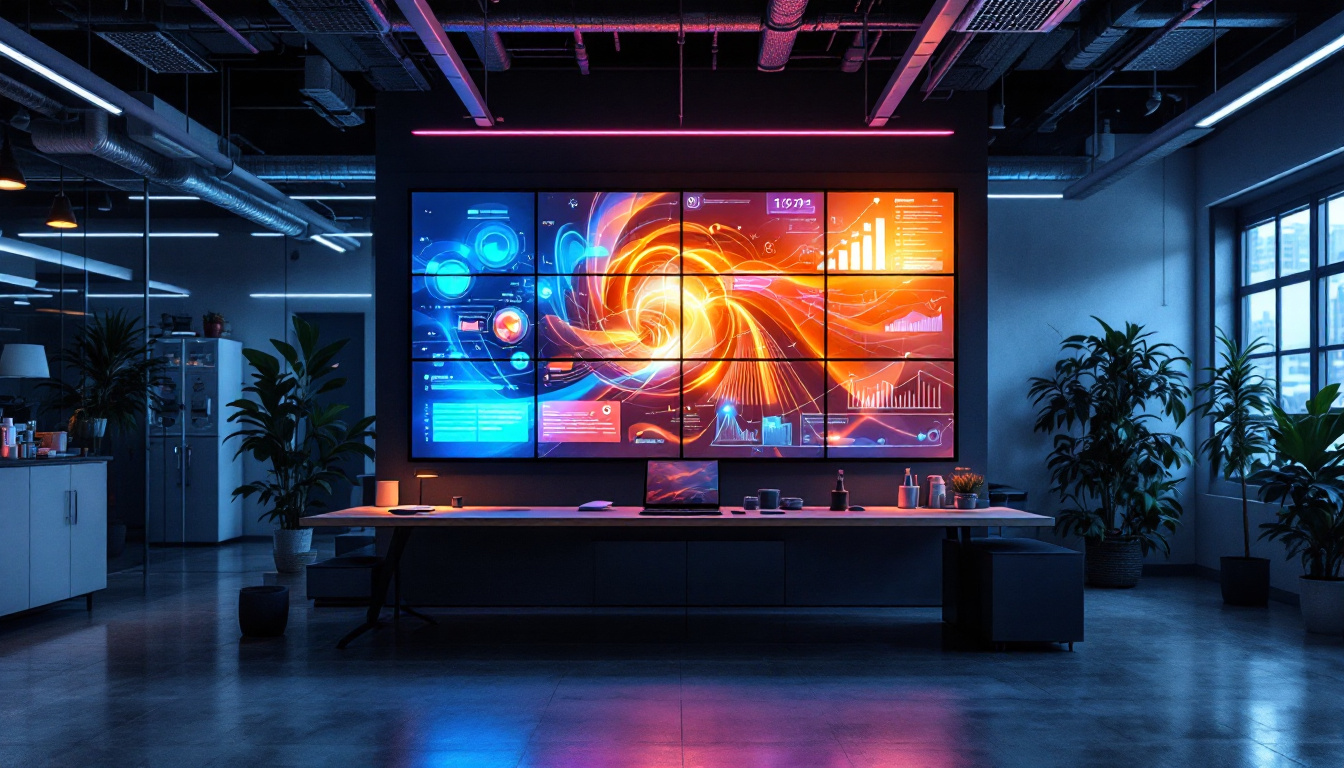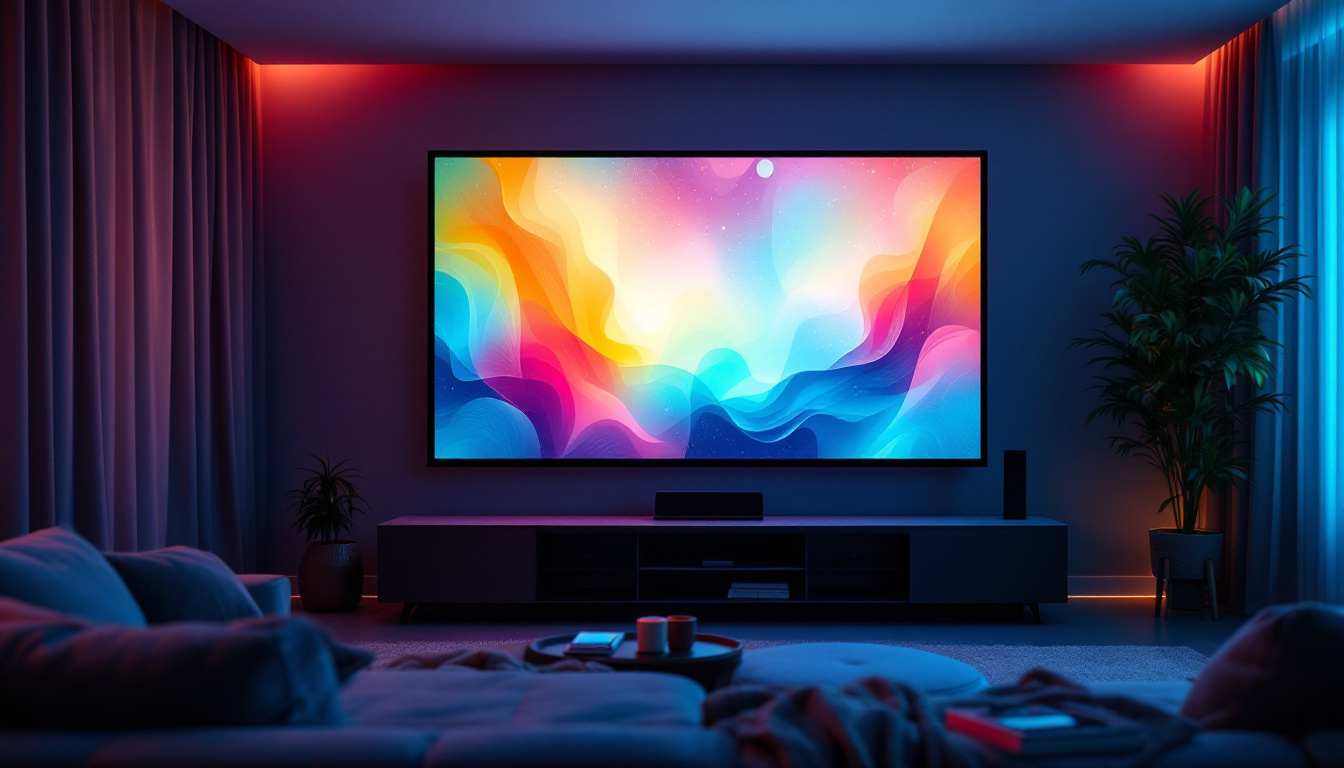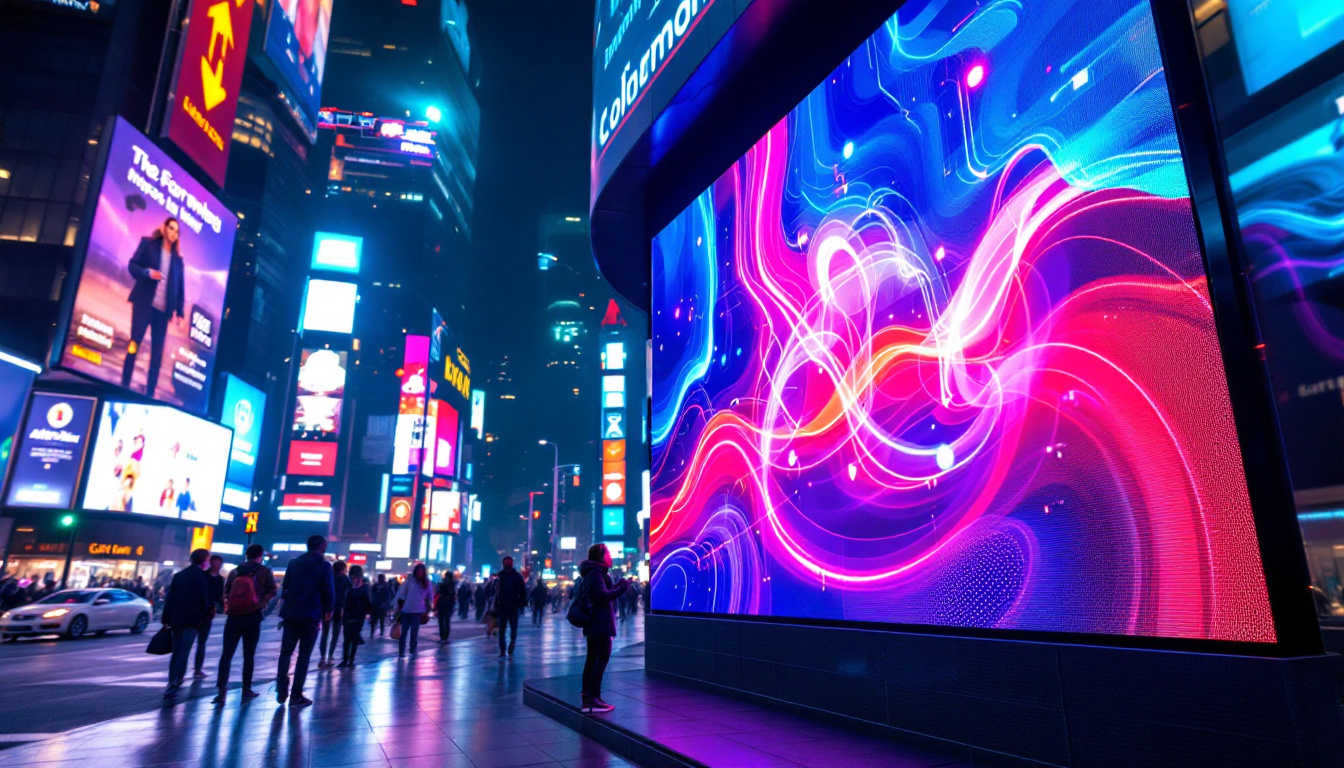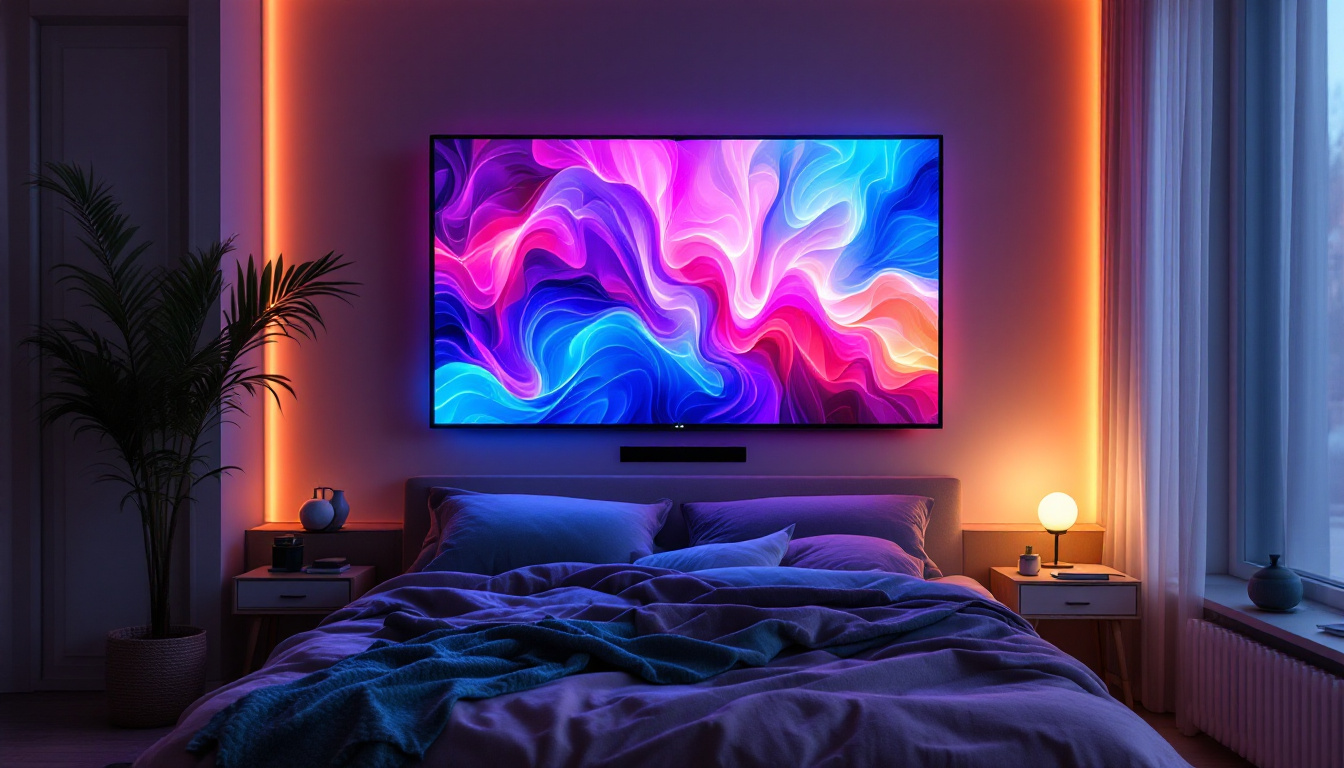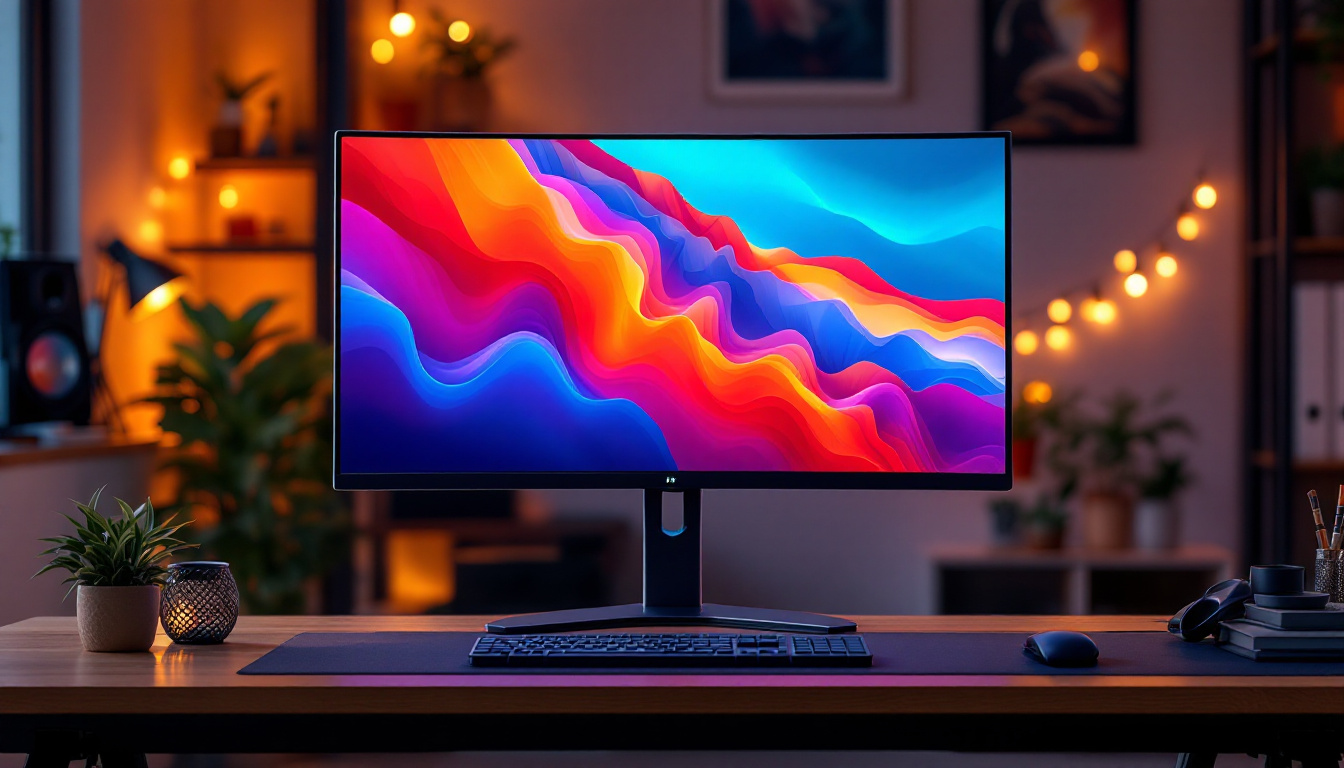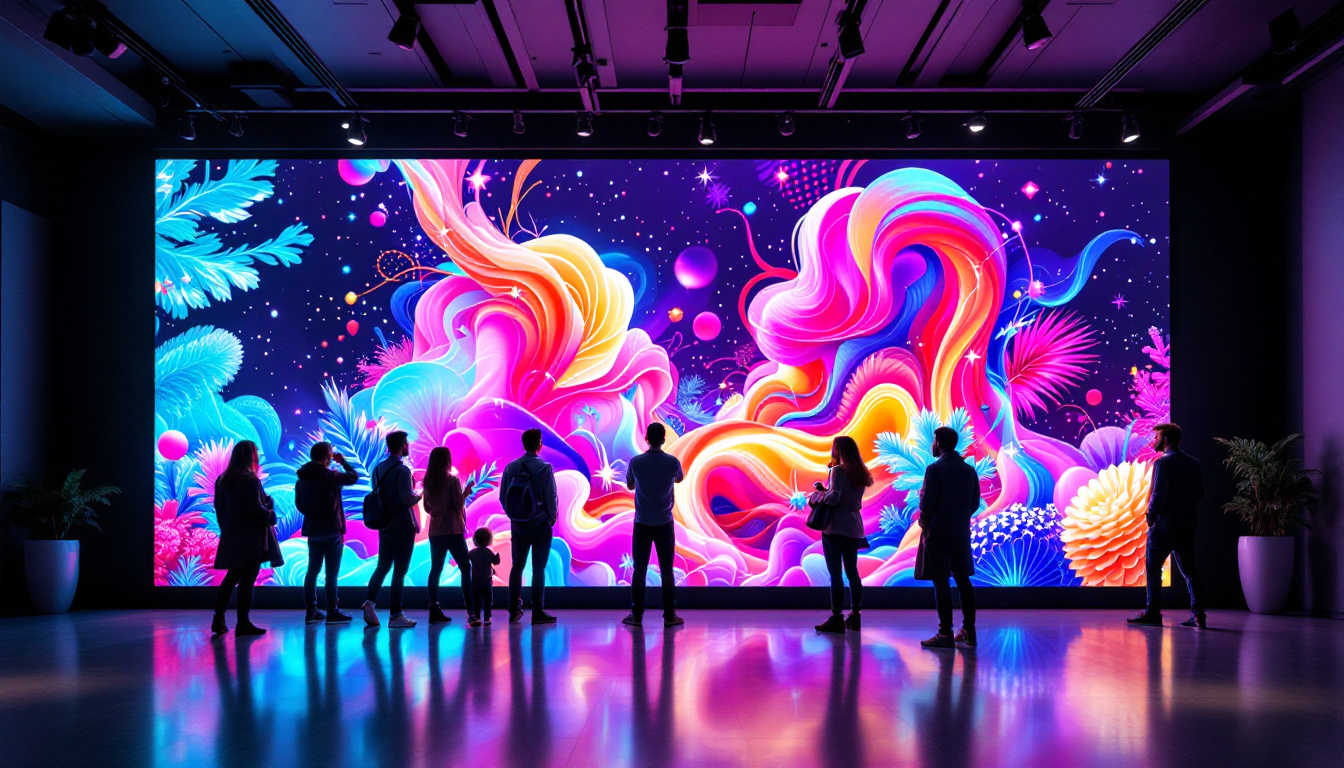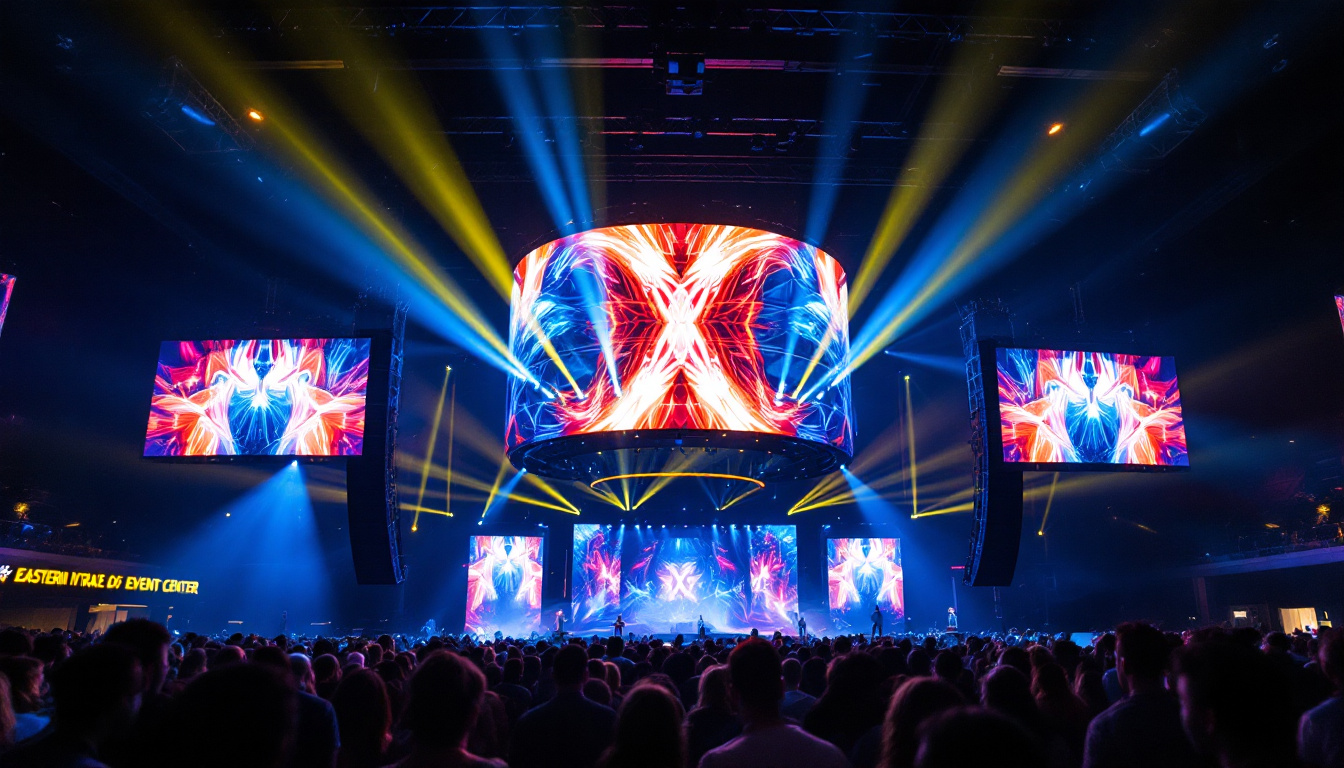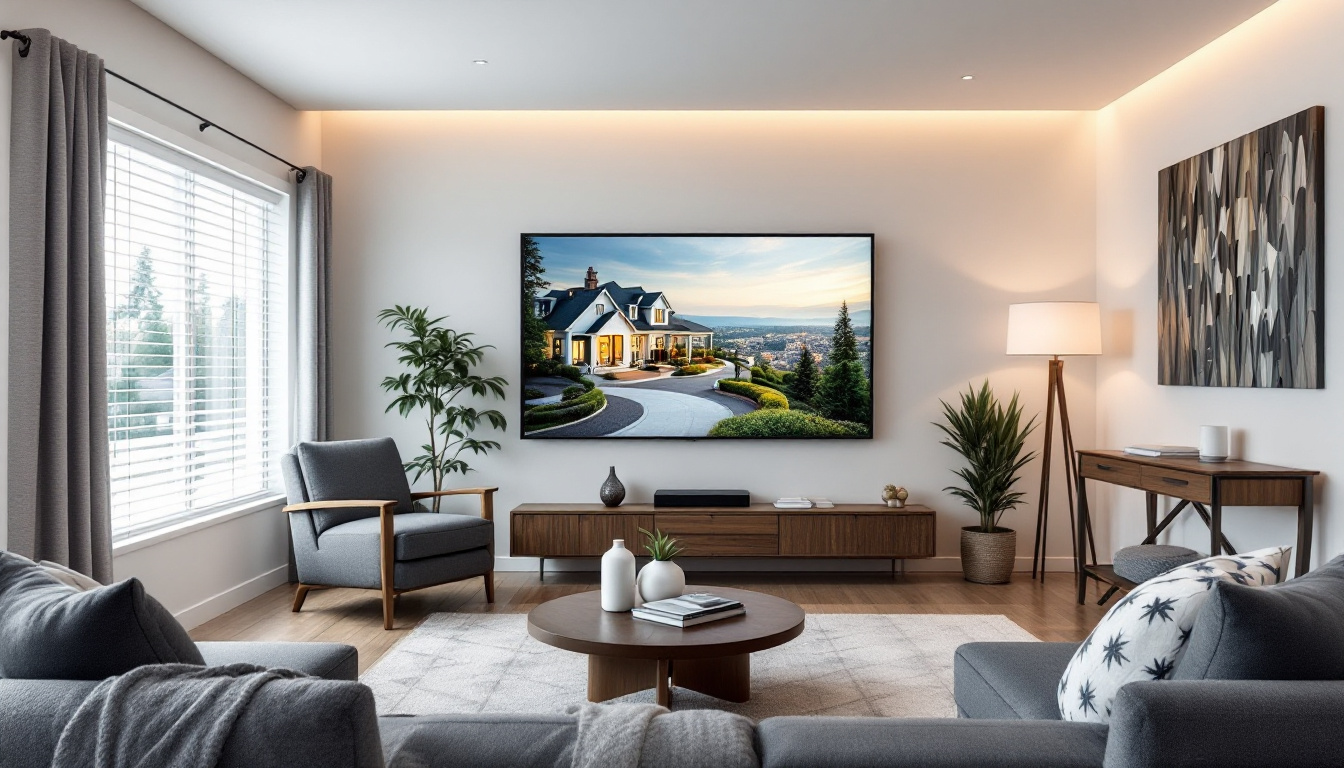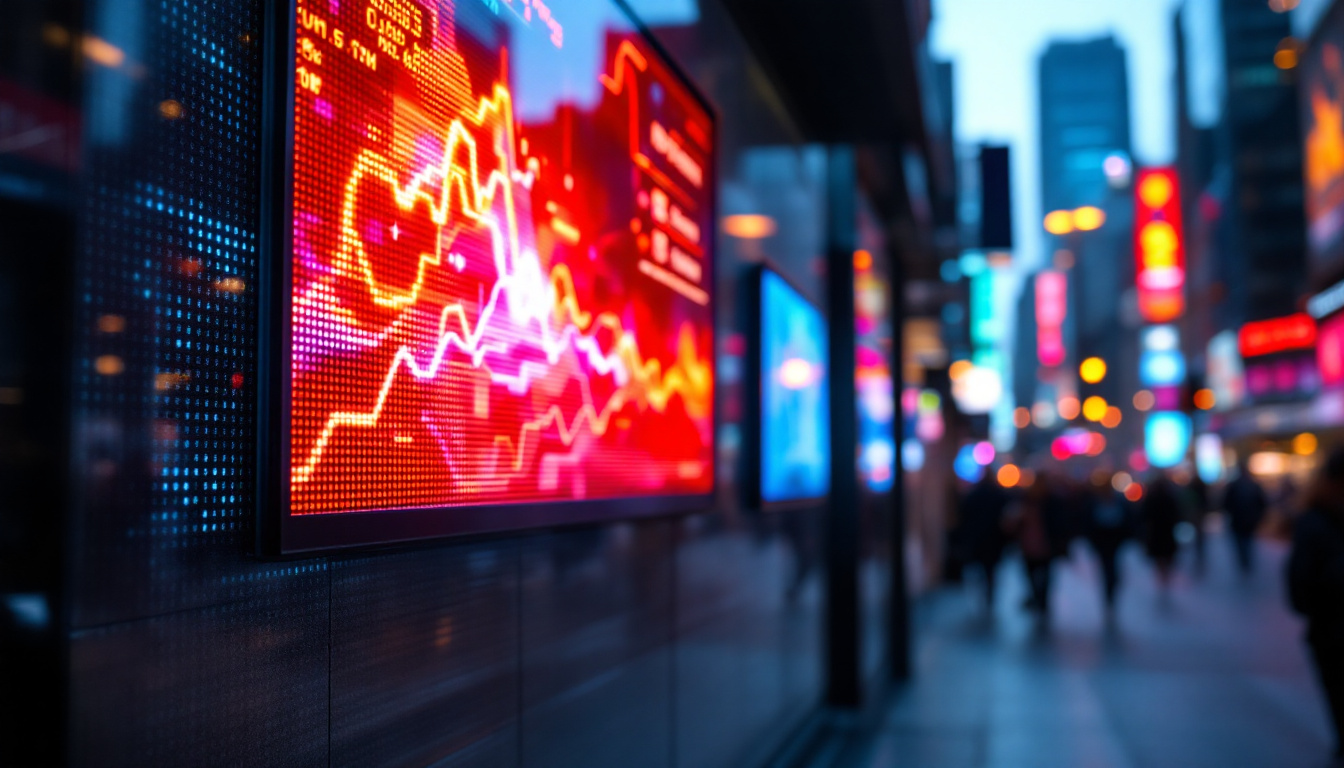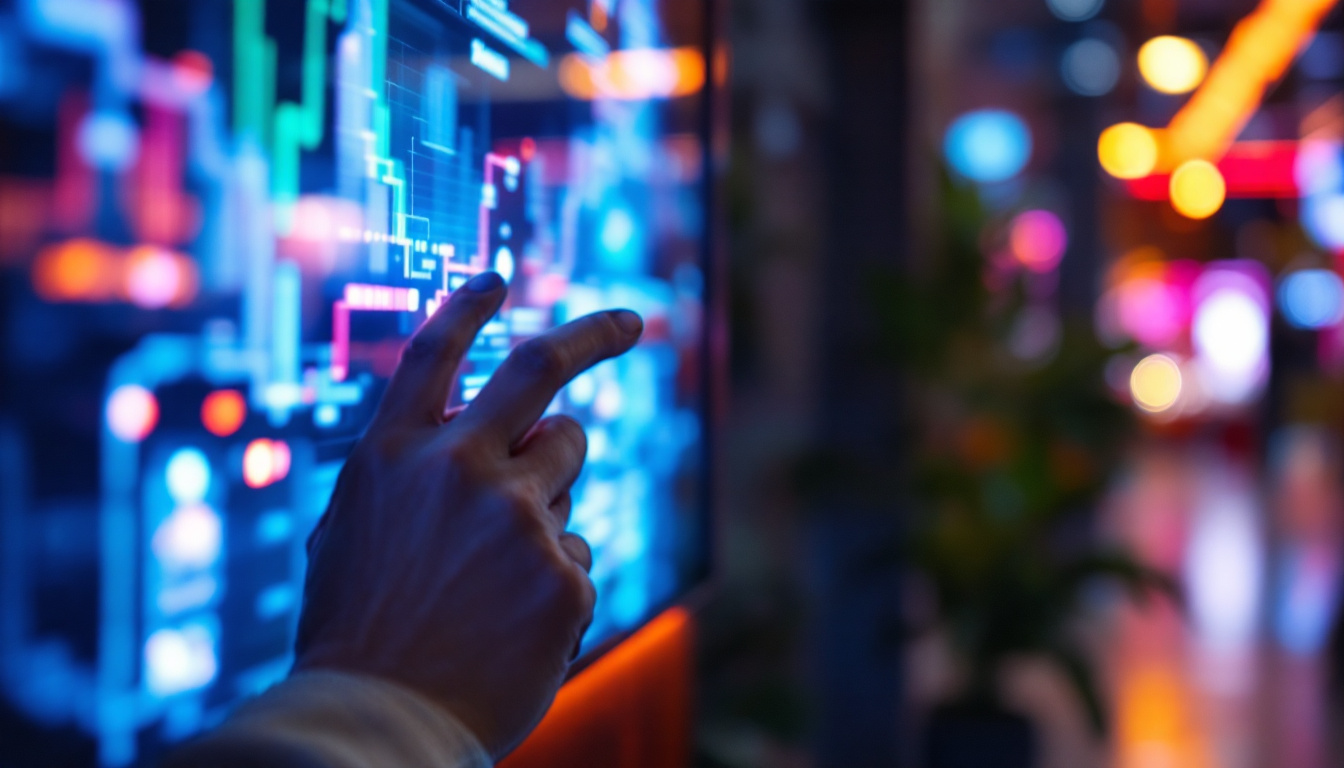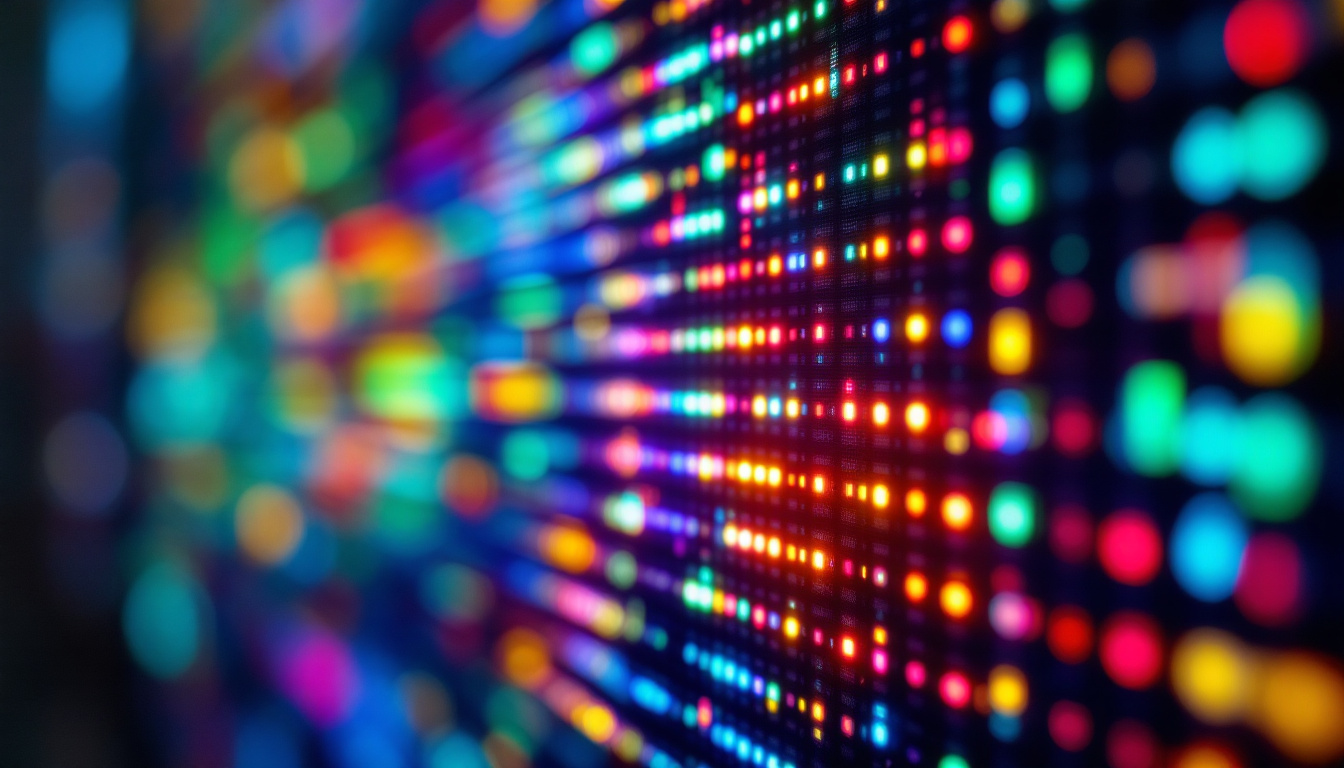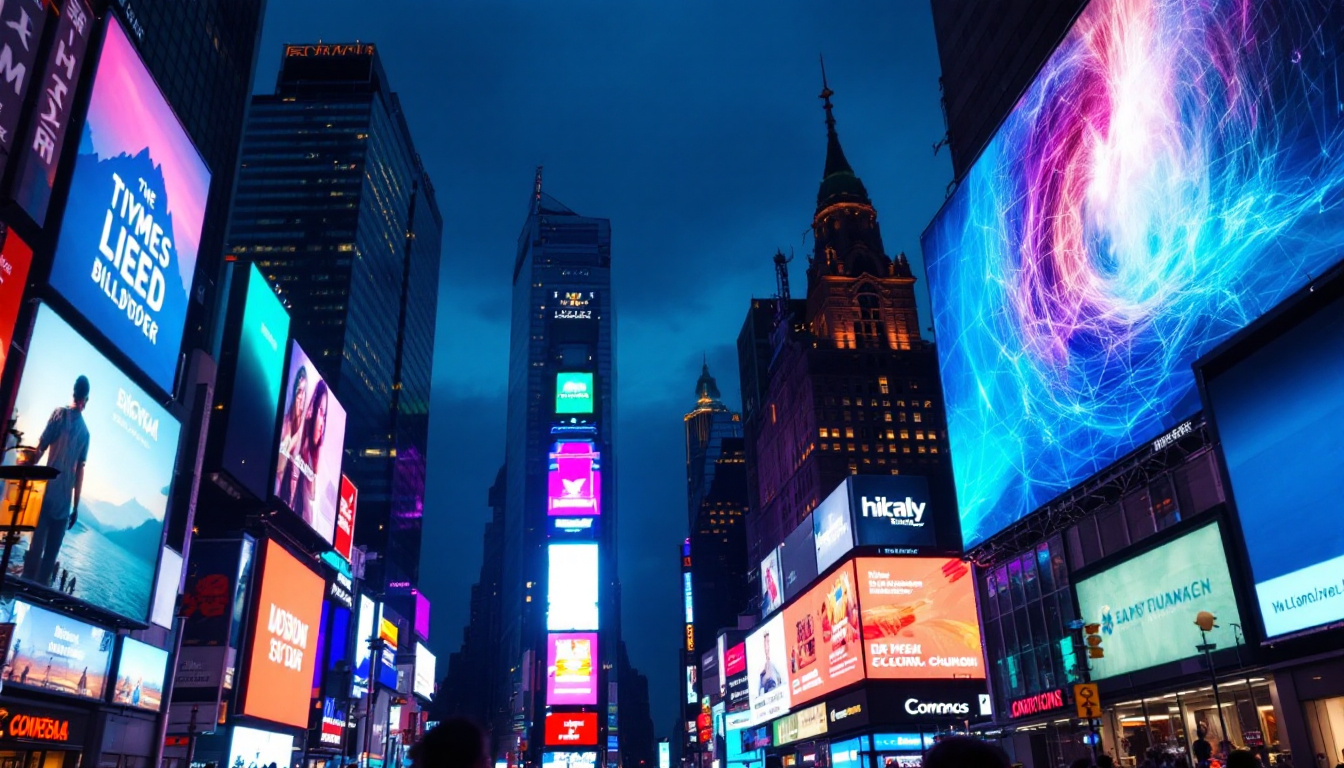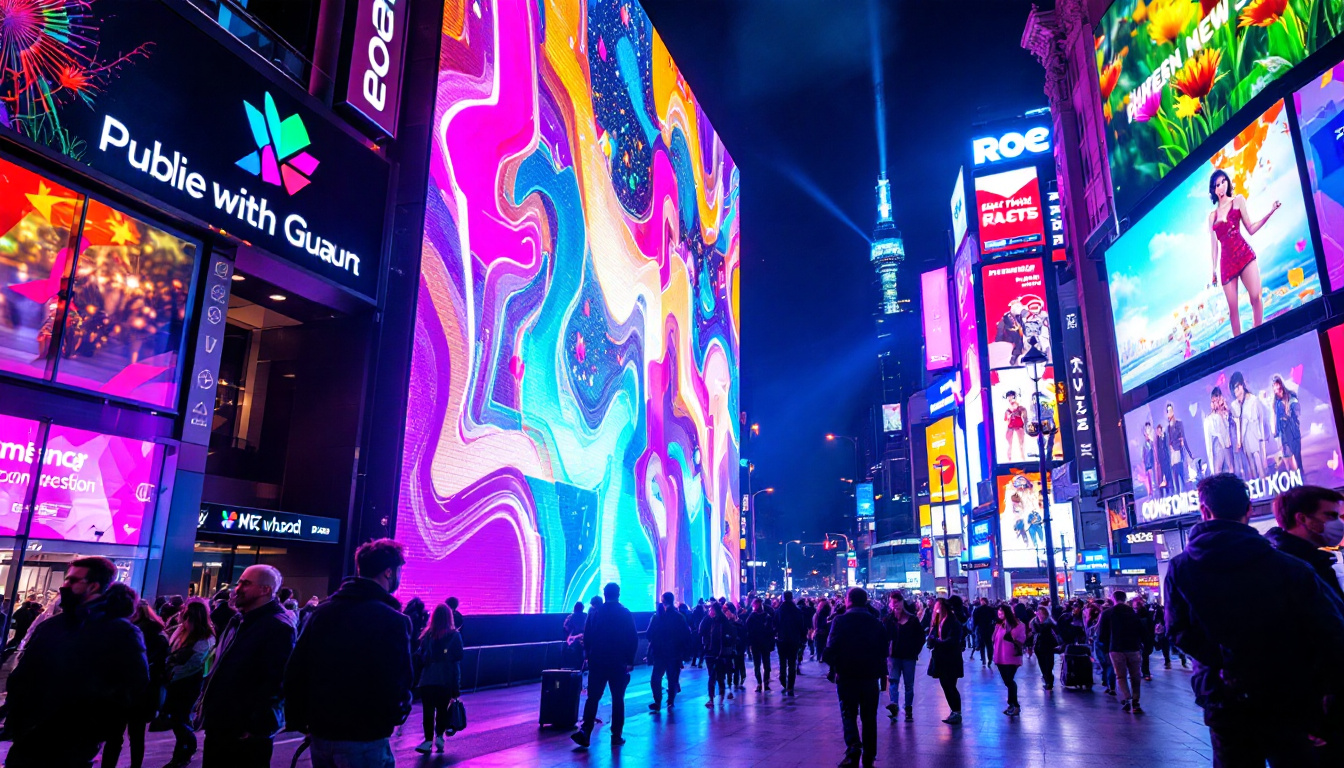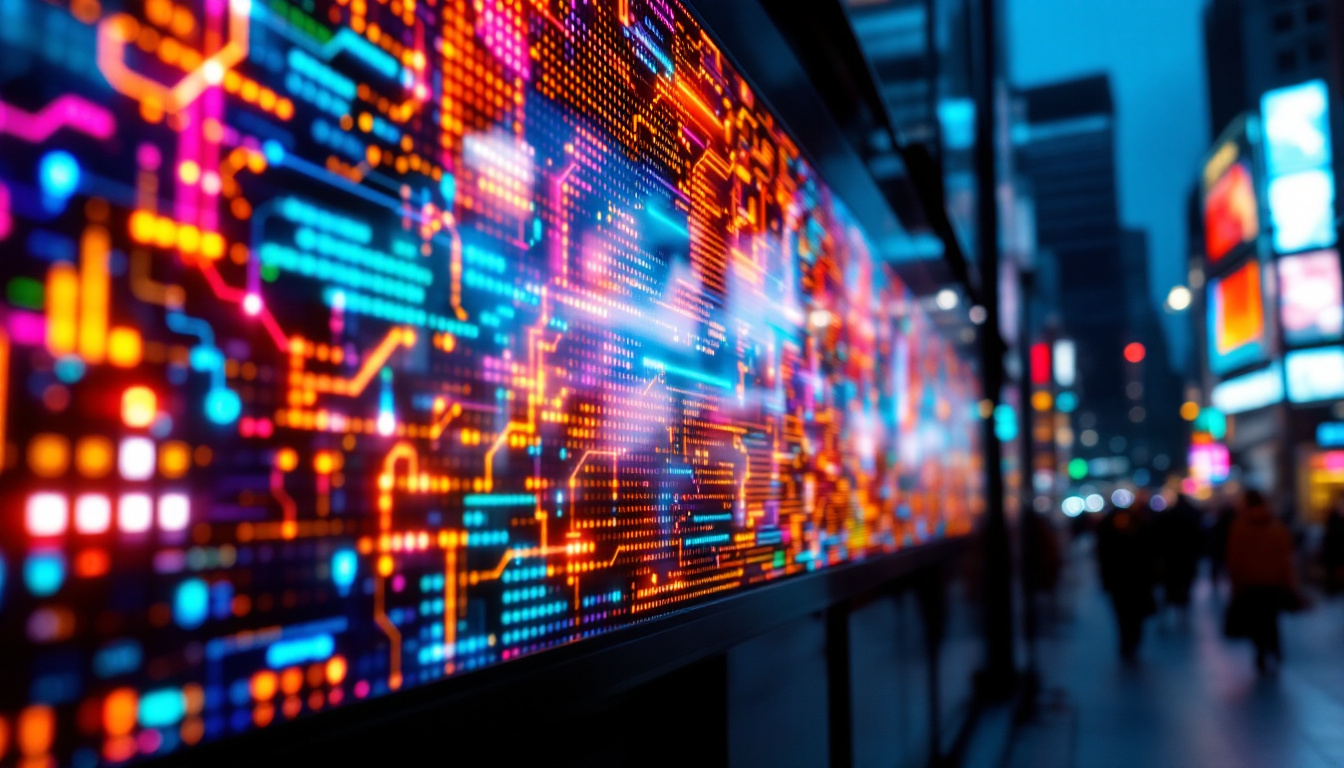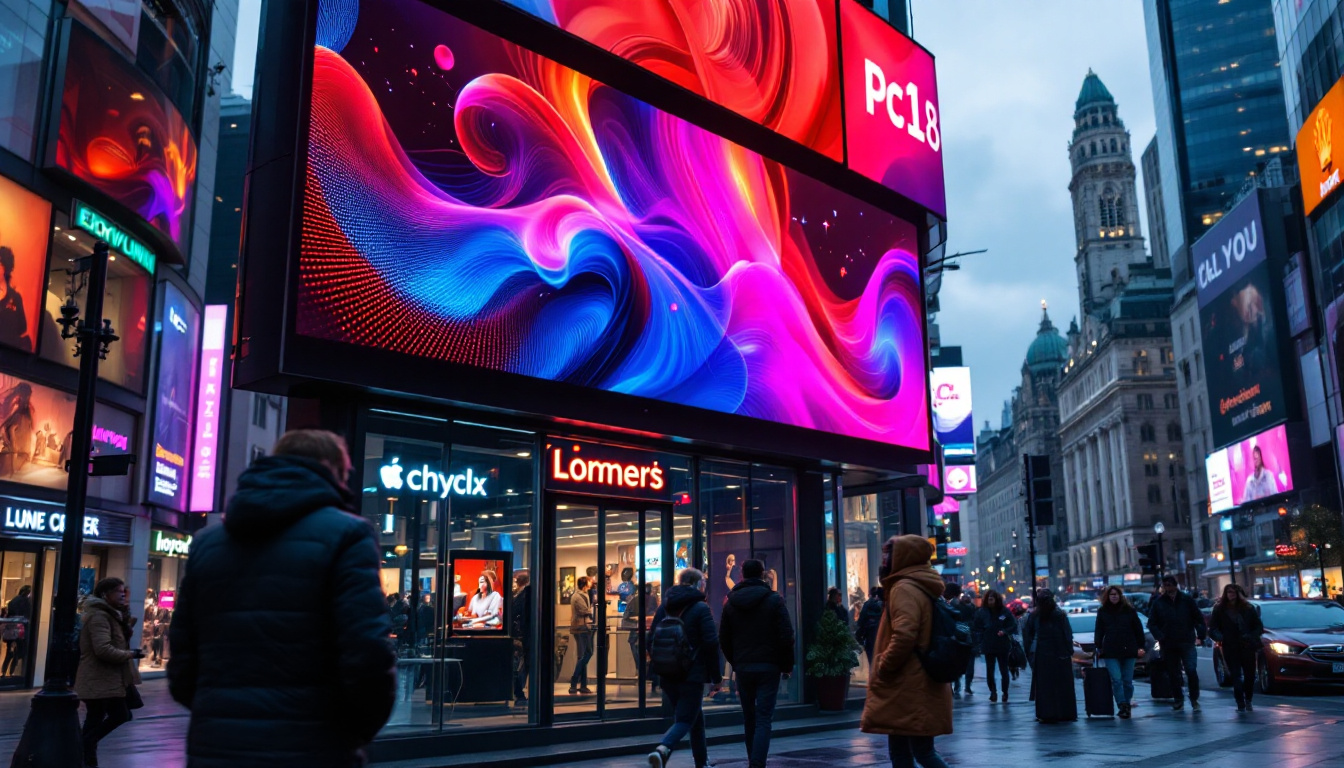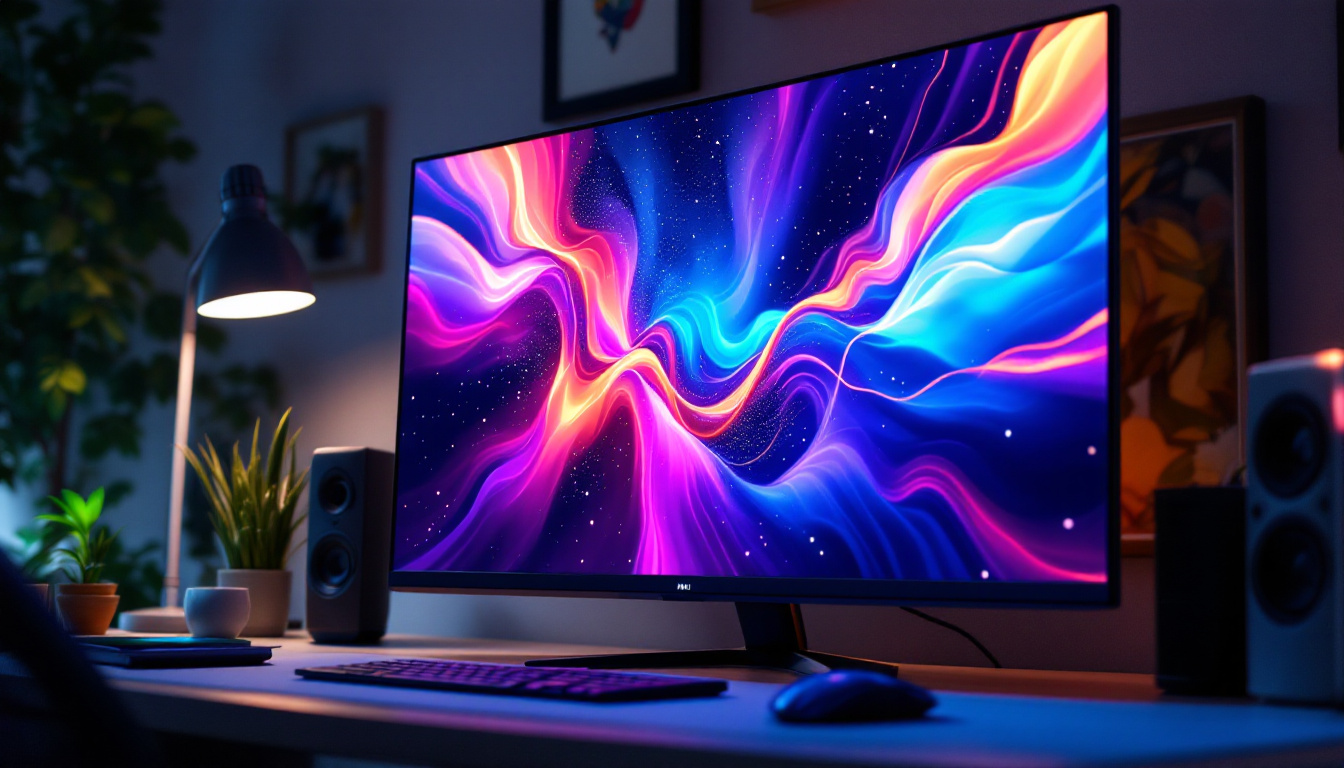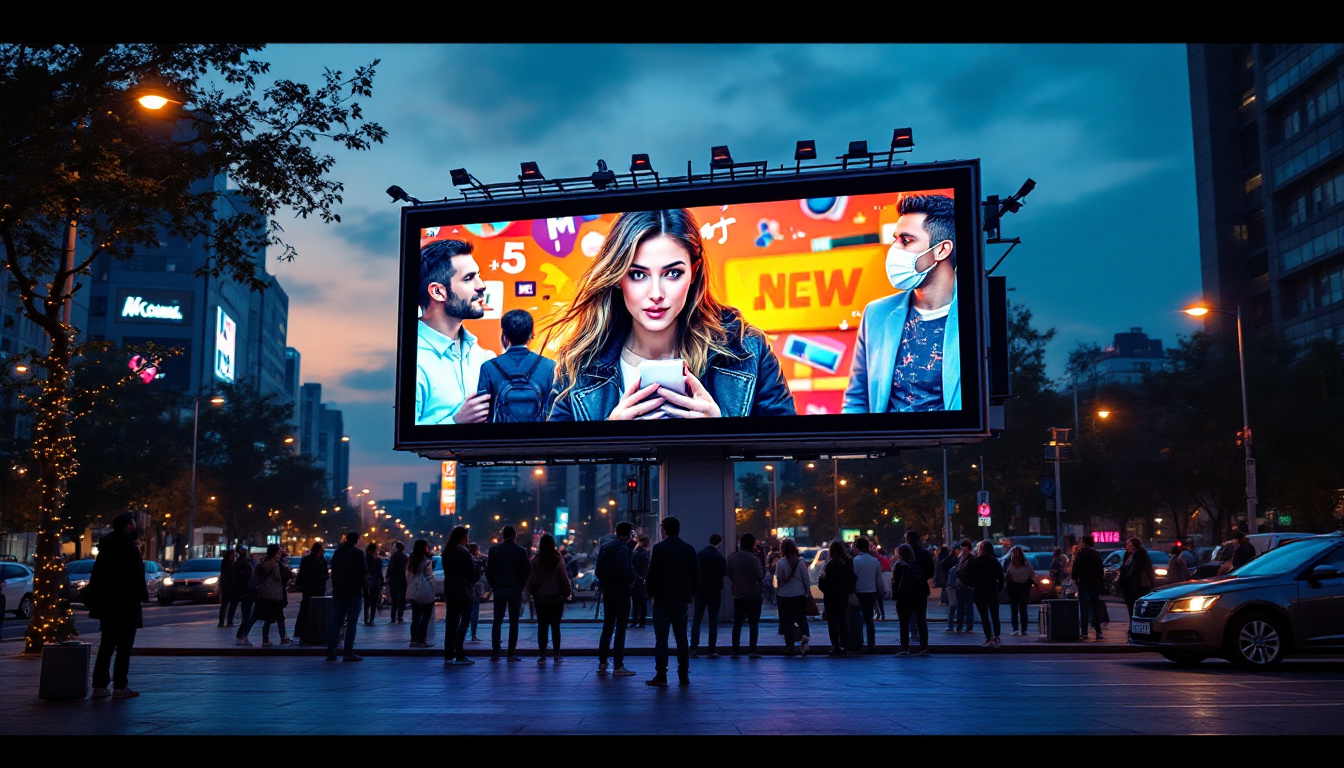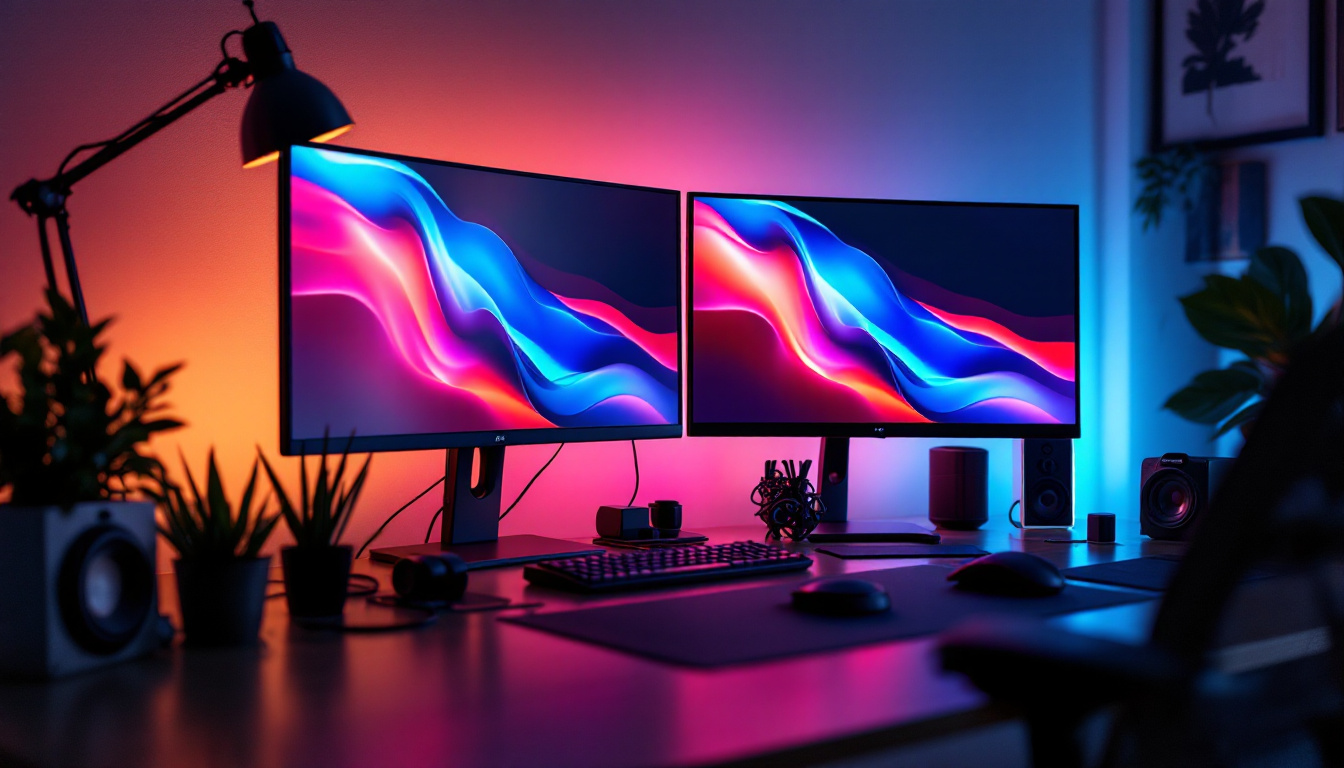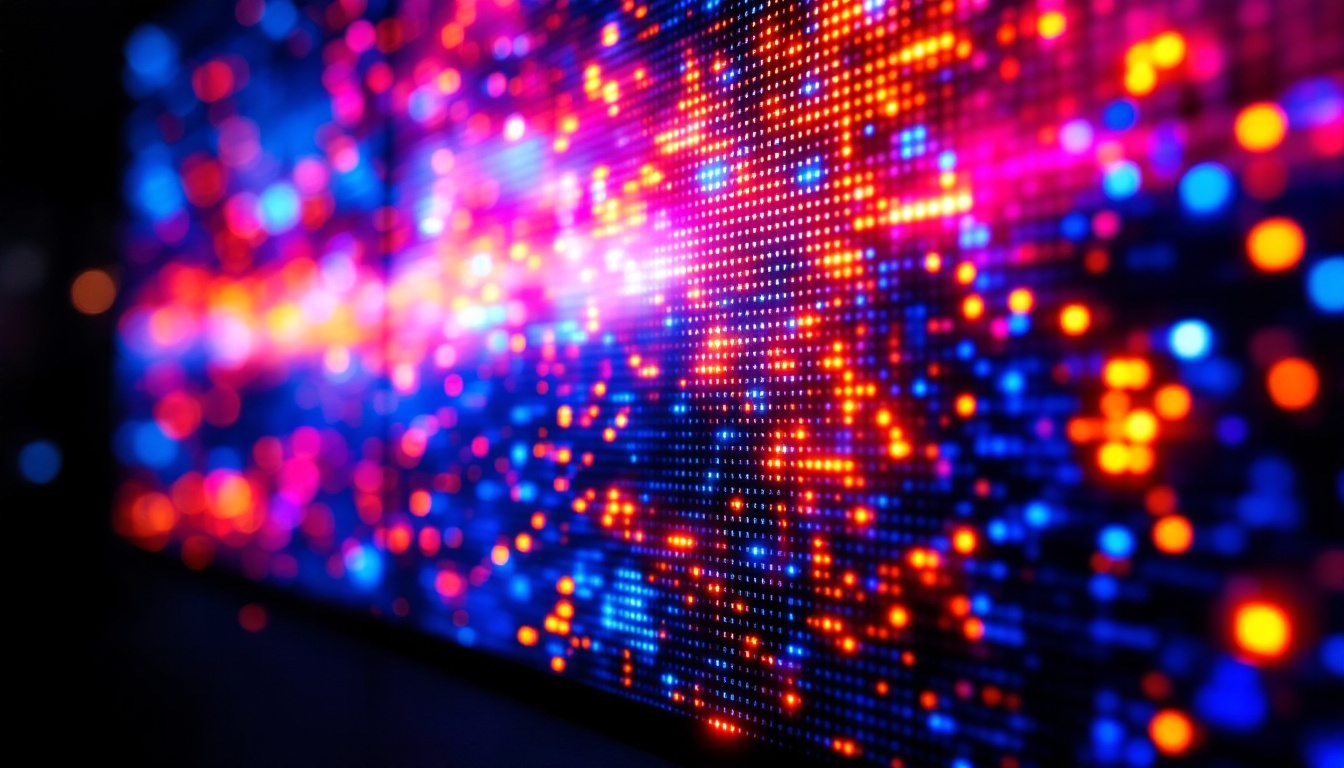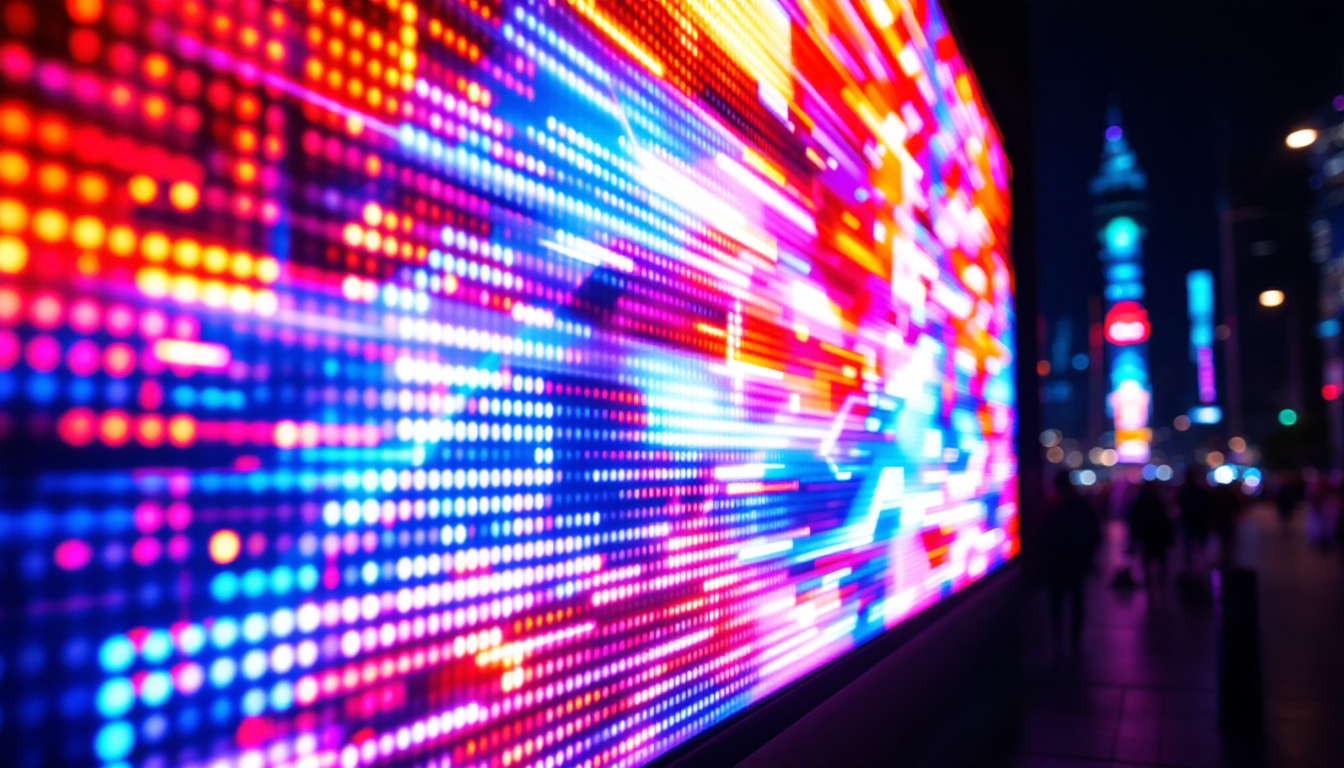In today’s fast-paced digital world, the use of wall monitors has become increasingly prevalent across various sectors, including corporate environments, retail spaces, and public venues. These LED displays serve not only as a medium for information dissemination but also as a tool for enhancing visual experiences. This article delves into the intricacies of wall monitors, focusing on LED technology, its applications, advantages, and future trends.
Understanding LED Technology
Light Emitting Diodes (LEDs) are semiconductor devices that emit light when an electric current passes through them. This technology has revolutionized display systems, offering brighter, more efficient, and longer-lasting alternatives to traditional display methods. The energy efficiency of LEDs is particularly noteworthy; they consume significantly less power than incandescent or fluorescent bulbs, making them a more sustainable choice for both consumers and businesses alike.
How LED Displays Work
LED displays consist of numerous tiny light-emitting diodes arranged in a grid. Each diode can be controlled individually, allowing for precise color reproduction and brightness levels. The basic structure includes a matrix of red, green, and blue (RGB) diodes, which combine to create a full spectrum of colors. When these diodes are illuminated in various combinations, they produce the images and videos displayed on the screen. The technology behind these displays also allows for rapid refresh rates, which is essential for displaying fast-moving images without blurring, making them ideal for sports broadcasts and action-packed video games.
The versatility of LED technology enables it to be used in a variety of formats, including direct view displays, backlit displays, and even transparent screens. This adaptability makes LED displays suitable for a wide range of applications, from advertising to information presentation. Moreover, advancements in LED technology have led to the development of flexible LED screens, which can be bent or shaped to fit unconventional spaces, opening up new creative possibilities for designers and advertisers.
Types of LED Displays
LED displays can be categorized into several types based on their configuration and usage. The most common types include:
- Indoor LED Displays: These are designed for environments with controlled lighting and are typically used in venues like shopping malls, conference rooms, and sports arenas.
- Outdoor LED Displays: Built to withstand harsh weather conditions, outdoor displays are often used for billboards, public announcements, and event promotions.
- Video Walls: Comprising multiple LED panels, video walls are used to create large, immersive displays that can show dynamic content across a wide surface area.
In addition to these common types, there are specialized LED displays such as transparent LED screens, which allow viewers to see through the display while still conveying information, making them perfect for retail environments where product visibility is crucial. Furthermore, there are also high-definition LED displays that provide superior resolution and image quality, catering to professional applications like broadcasting and high-end cinema. The continuous evolution of LED technology promises even more innovative display solutions in the future, enhancing both visual experiences and energy efficiency.
Applications of Wall Monitors
The versatility of LED wall monitors allows them to be utilized in various sectors, each with unique requirements and objectives. Below are some of the most prominent applications.
Corporate Environments
In the corporate world, wall monitors play a crucial role in enhancing communication and collaboration. They are commonly used for:
- Presentations: Large displays facilitate engaging presentations, allowing teams to share information effectively during meetings.
- Digital Signage: Companies use wall monitors to display real-time data, announcements, and branding materials, ensuring that important messages reach employees and visitors.
Moreover, the use of video walls in lobbies or conference rooms can create an impressive visual impact, reinforcing a company’s brand identity. These displays can be customized to showcase a variety of content, from corporate achievements to employee highlights, fostering a sense of community and pride within the organization. Additionally, integrating wall monitors with collaboration tools enables seamless sharing of ideas and documents, making remote meetings feel more connected and interactive.
Retail Spaces
In retail settings, wall monitors serve as powerful marketing tools. They can be used to:
- Showcase Products: Dynamic displays can highlight promotions, new arrivals, or seasonal sales, attracting customers’ attention.
- Enhance Customer Experience: interactive displays can engage customers in unique ways, allowing them to explore products through touch or gesture.
Furthermore, the ability to update content remotely ensures that retailers can adapt their messaging in real-time, responding to trends and customer preferences. This flexibility allows businesses to implement targeted marketing strategies, such as location-based promotions that resonate with specific demographics. Additionally, wall monitors can be integrated with social media feeds, displaying user-generated content and reviews, which can enhance credibility and encourage customer interaction.
Public Venues
Wall monitors are increasingly used in public spaces such as airports, train stations, and stadiums. Their applications include:
- Information Display: LED monitors provide travelers with real-time updates on schedules, gate changes, and other essential information.
- Entertainment: In stadiums, large displays enhance the viewing experience by showing replays, advertisements, and live feeds.
These displays not only improve communication but also contribute to a more engaging atmosphere in public venues. In airports, for instance, wall monitors can be strategically placed to guide passengers through complex terminals, displaying wayfinding information alongside travel tips and local attractions. In stadiums, beyond just enhancing the game-day experience, these monitors can host fan engagement activities, such as live polls or social media contests, creating a sense of community among attendees. Moreover, with advancements in technology, the integration of augmented reality features into wall monitors can further enrich the viewer experience, making public spaces more interactive and informative.
Advantages of LED Wall Monitors
The adoption of LED wall monitors comes with numerous advantages that make them a preferred choice for many organizations. Understanding these benefits can help in making informed decisions when considering display options.
Brightness and Visibility
One of the standout features of LED technology is its brightness. LED displays can achieve higher luminance levels compared to traditional LCD screens, making them visible even in brightly lit environments. This capability is particularly important for outdoor applications where sunlight can wash out images on less capable displays.
Energy Efficiency
LED displays are known for their energy efficiency. They consume less power than traditional display technologies, which not only reduces operational costs but also contributes to a lower carbon footprint. This efficiency is particularly beneficial for businesses looking to implement sustainable practices.
Longevity and Durability
LED displays have a longer lifespan compared to other display technologies, often lasting up to 100,000 hours or more. This longevity reduces the need for frequent replacements, resulting in lower maintenance costs. Additionally, many LED displays are designed to withstand harsh conditions, making them suitable for both indoor and outdoor use.
Challenges and Considerations
While LED wall monitors offer numerous advantages, there are also challenges and considerations that potential users should be aware of. Understanding these factors can help in making the right choice for specific needs.
Initial Investment
The initial cost of purchasing and installing LED wall monitors can be significant. Although prices have decreased over the years, high-quality displays can still represent a considerable investment. Organizations must weigh this upfront cost against the long-term benefits and savings associated with energy efficiency and durability.
Installation and Maintenance
Proper installation is crucial for the optimal performance of LED displays. Depending on the size and complexity of the setup, professional installation may be required. Regular maintenance is also essential to ensure that the displays function correctly and maintain their visual quality over time. Organizations should factor in these ongoing costs when considering LED wall monitors.
Content Management
To maximize the effectiveness of LED displays, organizations must invest in content management systems that allow for easy updates and scheduling of content. This can require additional training and resources, particularly for businesses that are new to digital signage.
Future Trends in LED Wall Monitors
The landscape of LED wall monitors is continually evolving, driven by advancements in technology and changing consumer preferences. Several trends are emerging that are likely to shape the future of this industry.
Increased Interactivity
As technology advances, the demand for interactive displays is on the rise. Future LED wall monitors are expected to incorporate touch and gesture recognition, allowing users to engage with content in more dynamic ways. This interactivity can enhance user experiences, particularly in retail and educational environments.
Integration with IoT
The integration of LED displays with the Internet of Things (IoT) is another trend gaining momentum. Connected displays can provide real-time data, enabling organizations to tailor content based on audience behavior and preferences. This capability can lead to more personalized experiences and improved engagement.
Higher Resolution and Flexibility
As technology progresses, the resolution of LED displays is expected to improve significantly. Higher pixel densities will allow for more detailed images and videos, enhancing visual experiences. Additionally, flexible LED displays are being developed, enabling unique configurations that can adapt to various spaces and applications.
Conclusion
LED wall monitors have transformed the way information is presented and consumed across various sectors. Their brightness, energy efficiency, and versatility make them an ideal choice for corporate environments, retail spaces, and public venues. However, potential users must also consider the initial investment, installation, and content management challenges associated with these displays.
As technology continues to evolve, the future of LED wall monitors looks promising, with trends pointing towards increased interactivity, IoT integration, and higher resolutions. For organizations looking to enhance their visual communication strategies, investing in LED wall monitors can provide significant benefits, making them a valuable asset in today’s digital landscape.
Discover LumenMatrix’s Innovative LED Display Solutions
Ready to elevate your visual communication strategy with the latest in LED display technology? LumenMatrix is at the forefront of creating immersive visual experiences that captivate and engage. From versatile Indoor and Outdoor LED Wall Displays to specialized solutions like Vehicle, Sports, and Floor LED Displays, our offerings are designed to meet your unique needs. Experience the future of digital signage with our Custom, All-in-One, and Transparent LED Displays. Check out LumenMatrix LED Display Solutions today and transform your space with unparalleled brightness, energy efficiency, and cutting-edge design.

